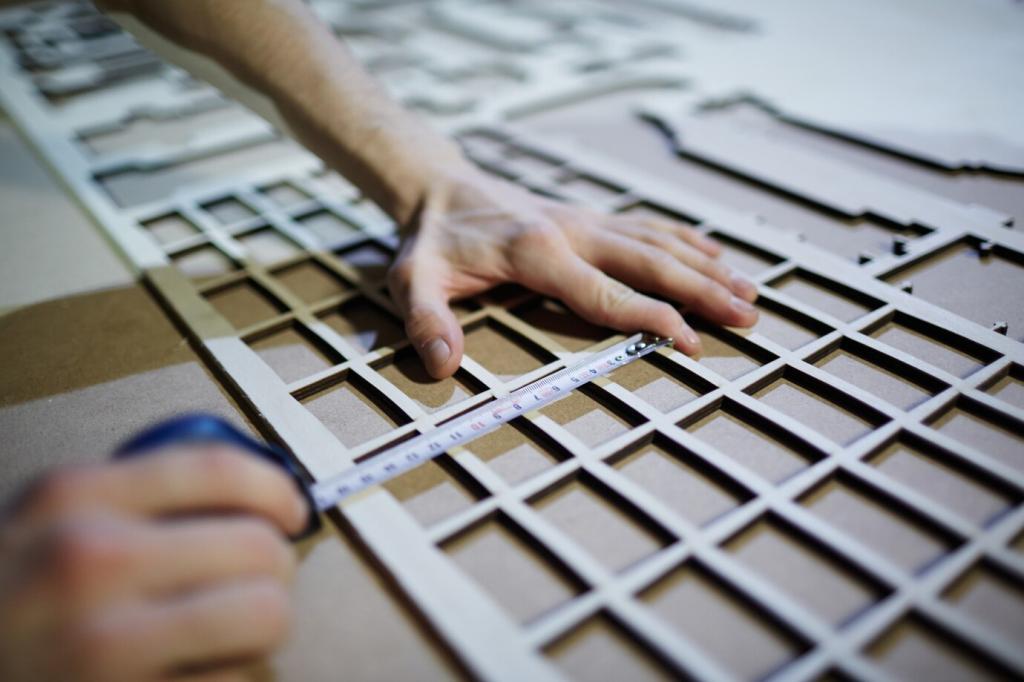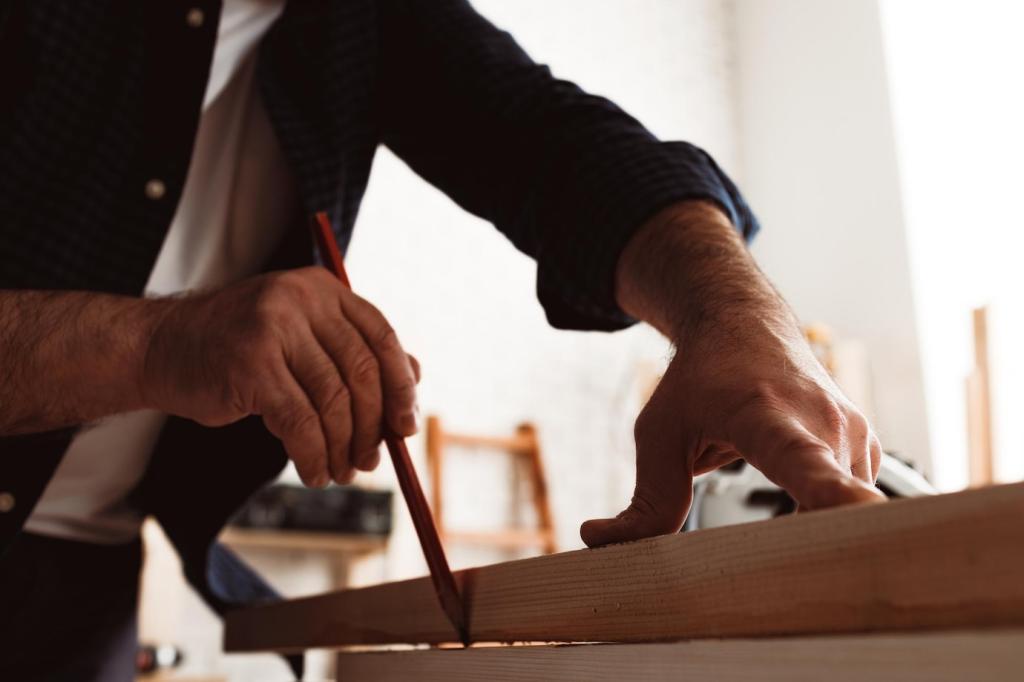
Global Innovations in Upholstered Furniture Materials
Chosen theme: Global Innovations in Upholstered Furniture Materials. Step into a world where comfort meets cutting-edge science, and sustainability pairs with style. Join us to explore materials that redefine how sofas, chairs, and lounges breathe, age, and feel—then share your thoughts and subscribe for future deep dives.
Bio-Based And Recycled Foundations
Plant-Derived Foams That Cushion With Conscience
Manufacturers increasingly blend castor, soy, or rapeseed oils into polyurethane foams to reduce dependence on fossil inputs without sacrificing bounce or longevity. One workshop reported fewer odors and faster curing times after switching, making production floors calmer, cleaner, and surprisingly more collaborative.
Recycled Polyester And Ocean-Bound Plastics Reimagined
High-performance upholstery now emerges from recycled PET bottles and ocean-bound plastics, engineered to resist pilling and abrasion while feeling unexpectedly soft. A designer recalled testing swatches with kids and pets; after a month of spills and forts, the fabric still looked showroom-ready.
Heritage Natural Fibers In Modern Blends
Hemp, linen, and responsibly sourced wool return with technical spins—longer staple fibers, tighter weaves, and improved moth resistance. Blended with recycled synthetics, they offer breathability and strength, creating timeless textures that patina gracefully instead of prematurely wearing out.
Health, Safety, And Indoor Air Quality
Low-VOC Adhesives And Formaldehyde-Free Components
Water-based adhesives and formaldehyde-free plywood help reduce indoor VOCs, supporting healthier homes and hospitality spaces. Look for credible standards like GREENGUARD Gold and OEKO-TEX labels, which help verify low emissions and harmless substances in textiles, foams, and backing layers.
Fire Safety Without Legacy Flame Retardants
Compliant furniture can meet fire standards through barrier fabrics, wool content, and smarter construction rather than relying on older brominated chemicals. Many brands align with regulations such as California TB117-2013 and EU REACH requirements, prioritizing safer, modern solutions over outdated additives.
Stain Resistance Minus Persistent Chemicals
Next-generation finishes emphasize PFAS-free repellency, water-based chemistry, and fiber-level engineering to resist stains. One boutique hotel reported fewer professional cleanings after upgrading to solution-dyed fabrics, saving water, time, and operational costs while guests enjoyed a fresher, cleaner stay.
Smart, Responsive, And Hygienic Textiles
Conductive yarns and flexible sensor grids can detect pressure points to refine ergonomic design, especially for healthcare seating and high-use lounges. These textiles promise user-aware comfort, enabling subtle massage features or posture feedback without bulky hardware or intrusive seams.
Circularity And End-Of-Life Design
Modular frames, bolt-based joinery, and zipped upholstery panels let owners repair cushions, replace covers, or swap components. A family extended a beloved sofa’s life by eight years with a new seat core and fabric—proof that longevity can be designed in from day one.
Circularity And End-Of-Life Design
Chemical recycling for polyester and rebonding streams for foam are expanding, turning worn covers into new yarns and cushioning. Brands pilot take-back schemes that separate fabrics, foam, and frames, transforming waste into raw materials instead of landfill burdens.


Craft Meets Technology
3D-Knitted Covers With Minimal Waste
Whole-garment knitting produces precisely shaped upholstery skins that slip onto frames with fewer seams and offcuts. The tactile result feels tailored and breathable, and a maker described the first fitting as “like dressing a sculpture,” with perfect corners and effortless stretch.
Bio-Materials: Mycelium And Plant-Based Leathers
Mushroom mycelium and pineapple-leaf composites offer supple, leather-like surfaces without traditional tanning. Early adopters love the earthy grain and low-impact story, while ongoing R&D targets improved abrasion resistance to meet lounge-grade performance requirements in hotels and busy homes.
Color With A Lighter Footprint
Solution-dyed fibers lock in color during extrusion, dramatically reducing water and energy use compared to conventional dyeing. Paired with natural dye explorations, designers achieve nuanced palettes; one studio matched a vintage terracotta tone using walnut husks and solution-dyed warp yarns.
Global Voices And Regional Breakthroughs
Scandinavian mills elevate wool upholstery with tight twills, recycled content, and renewable energy production. Architects praise the fiber’s natural elasticity and fire performance, while circular programs collect offcuts for new felts, transforming studio remnants into cushions and acoustic panels.
